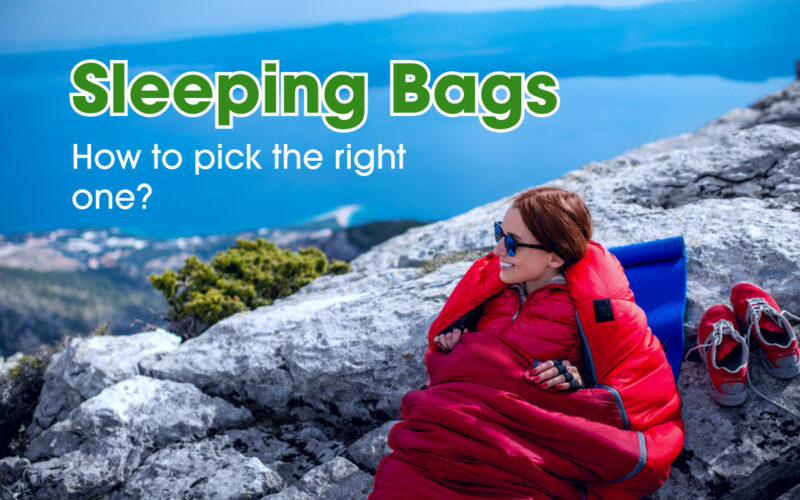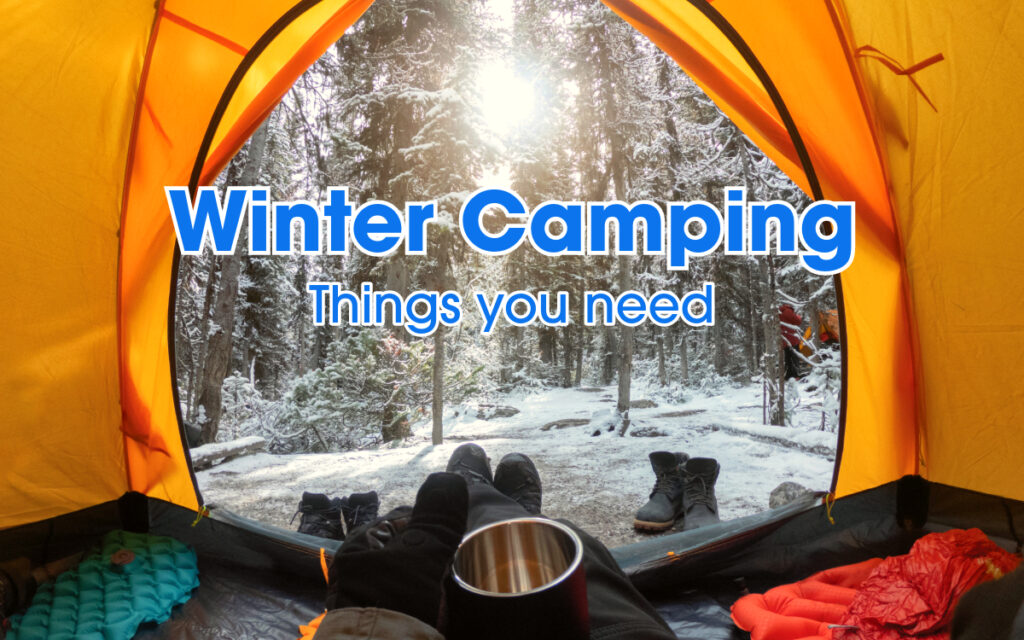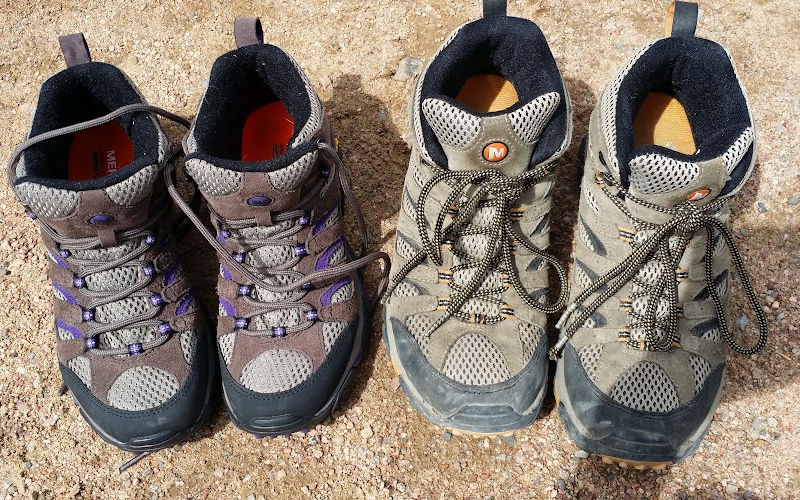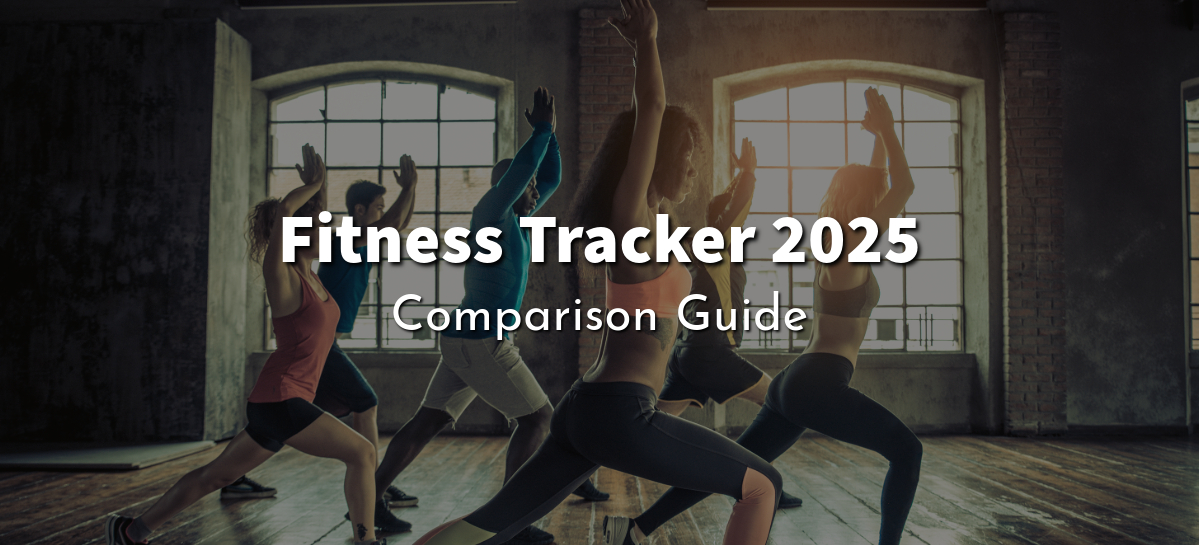How to Pick the Right Sleeping Bags for Camping

Finding the right type of sleeping bag is crucial for several reasons, as it directly impacts your comfort, safety, and overall enjoyment during camping or outdoor activities. Here are some key reasons why finding the right sleeping bag matters!
Different Things to consider
1. Insulation Type and Rating
Temperature Comfort: Different sleeping bags are designed for various temperature ranges. The right sleeping bag will have an appropriate insulation type (down or synthetic) and a temperature rating suitable for the conditions you expect during your camping trips.
2. Weight and Packability
Backpacking or Car Camping: If you plan on backpacking or hiking, the weight and packability of your sleeping bag become crucial. Choosing a bag that balances warmth with a lightweight and compact design is essential for minimizing the load on your back.
3. Size and Shape
Comfort and Fit: The size and shape of the sleeping bag should match your body size and sleeping preferences. A bag that is too tight or too loose can affect your ability to stay warm and comfortable throughout the night.
4. Seasonal Adaptability
Ventilation and Breathability: Some sleeping bags are designed for specific seasons or conditions. For example, a 3-season bag might provide better ventilation for warmer weather, while a winter bag will focus on heat retention. Choosing a bag that aligns with your camping season and climate is essential.
5. Mummy vs. Retangular
Sleeping Style: Consider your preferred sleeping style. Mummy bags are more form-fitting and retain heat efficiently but may feel restrictive to some. Rectangular bags offer more room for movement but may not be as efficient in retaining warmth.
6. Activities and Usage
Versatility: The type of outdoor activities you engage in can influence your sleeping bag choice. For example, backpackers might prioritize lightweight and compact designs, while car campers may prioritize comfort over portability.
7. Down vs. sythetic
Insulated Material: The type of insulation material affects the bag’s performance in different conditions.
Down provides excellent warmth-to-weight ratio and compressibility but can lose insulation properties when wet.
Synthetic insulation retains warmth when wet and is often more budget-friendly but can be bulkier and heavier.
8. Special features
Hoods, Draft Collars, and Zippers: Special features like hoods, draft collars, and high-quality zippers can enhance your sleeping bag experience. For colder conditions, a hood and draft collar can help retain heat, while a quality zipper makes it easier to regulate temperature.
Types of sleeping bags
- Mummy Sleeping Bags:
Features: Tapered towards the feet and hooded to retain body heat, resembling the shape of a mummy.
Suitable For: Backpacking, cold weather camping, and situations where warmth is a priority.
Pros: Efficient in retaining heat due to the snug fit, lightweight for backpacking. - Rectangular Sleeping Bags:
Features: These bags have a basic rectangular shape, providing ample room for movement inside.
Suitable For: General camping, indoor use, and warm weather conditions.
Pros: Spacious and can often be fully unzipped to use as a blanket.
- Semi-Rectangular Sleeping Bags:
Features: A hybrid design that combines elements of both rectangular and mummy bags.
Suitable For: Campers who prefer a balance between roominess and heat retention.
Pros: Offers more room than mummy bags while still providing some heat efficiency. - Double Sleeping Bags:
Features: Designed for two people, either as a single shared bag or two separate compartments within a larger bag.
Suitable For: Couples or friends camping together.
Pros: Allows for shared body heat, and some models offer the flexibility of converting into two separate bags.
- Ultralight Sleeping Bags:
Features: Extremely lightweight and compact, suitable for backpacking and minimalist camping.
Suitable For: Backpackers and hikers who prioritize weight savings.
Pros: Compact, easy to carry, but may sacrifice some features for weight reduction. - Cold Weather/ Winter Sleeping Bags:
Features: Insulated with materials like down or synthetic insulation for increased warmth.
Suitable For: Winter camping in cold temperatures.
Pros: High thermal efficiency, often with hoods and draft collars.
- 3-Season Sleeping Bags:
Features: Versatile bags suitable for spring, summer, and fall camping.
Suitable For: General camping in a variety of conditions.
Pros: Balanced design offering a mix of warmth and ventilation. - Quilt Sleeping Bags:
Features: Essentially a blanket with attachment points, designed to be used with a sleeping pad.
Suitable For: Lightweight backpacking and campers who prefer the flexibility of movement.
Pros: Lightweight and versatile; users can regulate temperature by adjusting or removing the quilt.
- Hybrid Sleeping Bags:
Features: Combine features of different types, such as a mummy bag with a zippered extension for more room.
Suitable For: Campers with specific preferences looking for a unique combination of features.
Pros: Offers a customized blend of characteristics from various styles.
Learn more about how to choose sleeping bags for camping from REI experts.











